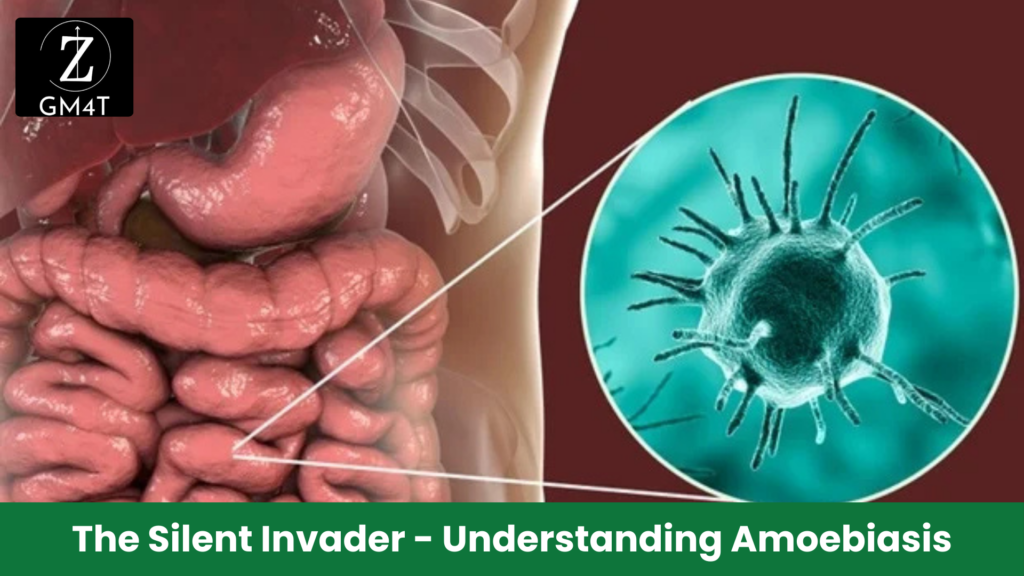
Unmasking Amoebiasis: The Silent Threat Lurking in Our Water
Amoebiasis is like a sneaky intruder – often silent but capable of causing serious damage if left unchecked. It’s caused by a tiny protozoan parasite called Entamoeba histolytica, which primarily invades the human gastrointestinal tract. While the parasite can live peacefully inside many individuals, it has the potential to become aggressive, leading to intestinal or even life-threatening liver infections.
Take the case of Raj, a 35-year-old businessman from a small town. Raj had been experiencing mild stomach pain and occasional loose stools for weeks but brushed it off as “just something I ate.” One evening, he developed severe abdominal pain and a high fever. Upon visiting a doctor, imaging revealed a liver abscess – a classic sign of extraintestinal amoebiasis. Raj was shocked when he learned that an infection he had likely contracted from unclean water months ago was now putting his life at risk.
In many cases, amoebiasis remains asymptomatic, especially in areas with poor sanitation, where the parasite thrives. Contaminated food, unfiltered water, or contact with dirty surfaces can lead to the ingestion of Entamoeba histolytica cysts. These cysts are resilient, surviving in the harshest conditions outside the human body, only to become active once they reach the intestines. Here, they either remain dormant or invade the intestinal lining, leading to symptoms like diarrhea, stomach cramps, and in severe cases, dysentery with blood and mucus in the stool.
But the real danger lies in the potential for the parasite to leave the intestines and travel to other organs, particularly the liver. This is when the disease becomes far more dangerous. If you’re experiencing chronic gastrointestinal discomfort, don’t wait for a crisis like Raj’s. Seek medical advice early, especially if you live in or have traveled to an area where amoebiasis is prevalent. Remember, this sneaky intruder is always looking for the next unsuspecting host. It’s time to take action! Clean water, good sanitation, and early diagnosis are your best defenses against this disease. If you’re in a high-risk area, make sure your food is well-cooked, and avoid untreated water. And if you suspect symptoms of amoebiasis, don’t delay – early treatment can save lives.
Read Also :-
- Scenario: Assessing Knowledge About Cervical Cancer Among Medical Students
- The Art of Writing Aims and Objectives in Research
- Crafting the Perfect Research Introduction: A Guide for Medical Researchers
- Mastering Protocol Writing for Medical Research
- The Art of Reviewing Literature
- Cross-Sectional Study Design: A Snapshot of Epidemiology
- How to Perform Statistical Tests in a Cross-Sectional Study: A Step-by-Step Guide
